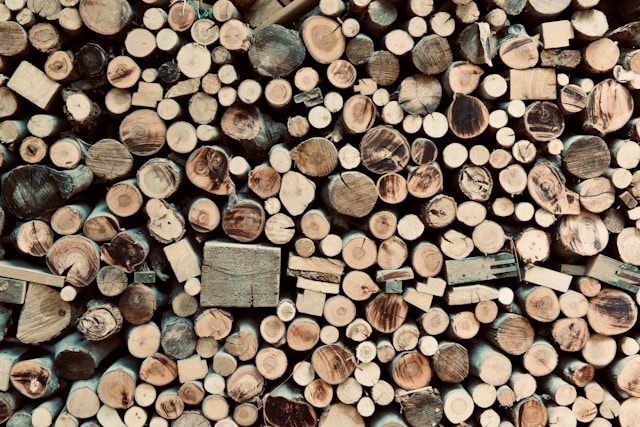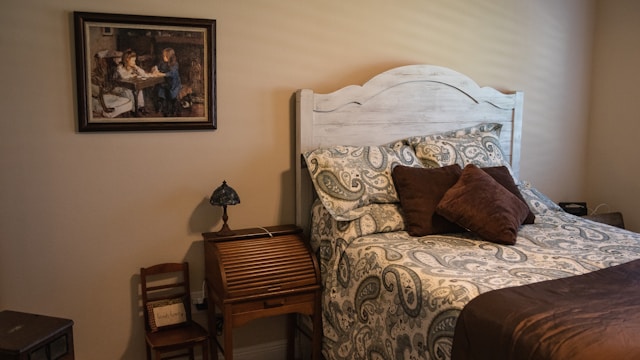Do you ever wonder where the term headboard originated from? The word actually comes from the French hauberk, meaning a piece of armor worn over the shoulders. In the late 15th century, the upper part of the bed was called the headboard, or sometimes the hangar. These days, headboards come in various shapes and sizes. They can be wooden, metal, or leather.
A headboard helps define your bedroom space and adds style and practicality to your room. Most of us think of headboards as decorative items, but they can also serve several other functions. For example, it can provide support for your mattress, protect your walls from damage, create extra storage space, or even act as a shelf.
There are four basic types of headboards. Each type has its own unique features and benefits, so it’s important to choose the one that works for you. When deciding between them, think about the size and shape of your room. Also, consider whether you want a solid wood or fabric headboard. And don’t forget about the design details such as moldings and finials.
How to Create a Headboard at Home
1. Measure Your Room
First, measure the width and height of your room. Once you have this information, use an online calculator to determine how many feet you need to buy. You’ll usually need to purchase at least two lengths of lumber per foot of wall length.
2. Determine How Much Wood You Need
The next step is to figure out what kind of wood you should use. There are three main materials used to make headboards – hardwood, veneer, and plywood. Hardwoods are typically stained or painted wood. Veneers are thin pieces of wood that are glued onto a core board. Plywood is made up of multiple layers of thin, high-quality wood with a hard surface on both sides.

3. Choose Sizes, Styles, Materials & Finishes
Next, select the material that best suits your needs based on your room size and decor. If you plan to paint your headboard, pick a finish that will withstand the elements well. The stain might work if weather conditions aren’t likely to cause fading or peeling. You can try painting with latex paint, which often requires minimal prep.
You’re only limited by your imagination when choosing colors for your headboard. Choose a bold color or pattern to set off your furniture, or go neutral like white or charcoal gray. Or you could opt for a dark stain or black trim.
4. Cut Lumber to Size
Once you’ve selected the materials, cut each piece to length. Then remove any nails or staples to prevent marking. Use clamps or a level as needed to ensure your boards are straight.
5. Assemble Frame
To assemble your frame, screw the legs to the back and top rails using 6d common bolts. Make sure you drill pilot holes first! This is very helpful because screws tend to pull out easily once installed.
6. Attach Molding or Hanging Hardware
Attach a hanging bar across the entire bottom of your headboard. Screw into place. You can then attach the molding to cover any exposed hardware.
7. Add Finishing Touches
In most cases, the baseboard of your room is what covers the floor and adds character to your space. It’s usually 1/2″ thick and comes in many different styles and patterns. You can apply a coat of primer or paint before covering it with a new carpet or area rug.
If you plan to hang a picture frame where your bed meets the wall, simply measure the measurements of your picture and cut the necessary boards to fit.

